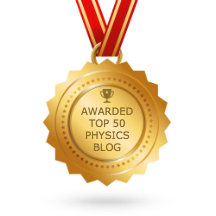Bill grew up in Schenectady, New York, the youngest of four children. While a child he became interested in science because of his fascination with telescopes. He was smart; he graduated from high school at the age of 15, and then attended Schenectady’s Union College, finishing in just three years. By the age of 22 he had graduated with an M.D. from the Albany Medical College. Many of his friends didn’t realize how bright Bill was, because he was so modest and friendly, and had such a wonderful sense of humor.
Bill became an active duty medical officer posted at the U.S. Naval Hospital in Newport, Rhode Island. After a fellowship in neurology at the University of Minnesota, he joined the new medical school at UCLA. He was much loved as a medical doctor and a mentor, but he disliked many of the invasive procedures that he had to perform as a clinical neurologist.
In 1959, Bill had an idea how to noninvasively image the brain using multiple x-ray beams in different directions. After two years of effort he had a working prototype, applied for a patent, and published an article about this work. But when he approached a leading x-ray manufacturer, the company president couldn’t image there would ever be a market for such a device. Frustrated, Bill turned his attention to other things.
Page 2
Bill’s idea for how to image the brain did not go away. Other scientists took up the challenge. Physicist Allan Cormack and engineer Ronald Bracewell each developed detailed mathematical techniques for obtaining an image from beams in different directions. Engineer Godfrey Hounsfield built the first brain scanner in 1971. And the rest is history. Bill’s invention is now known as Computed Tomography (originally called a CAT scan and now referred to as CT for short). It has revolutionized medicine. In 1979, Cormack and Hounsfield won the Nobel Prize in Physiology or Medicine for their contributions to CT. William (“Bill”) Oldendorf did not share the prize, but he shared in the discovery.
 |
| William Oldendorf. |
Good day!
_________________________________________________
This blog post was written in the style of Paul Harvey’s The Rest of the Story radio program. You can find four other of my The Rest of the Story posts here, here, here, and here.
You can learn more about Computed Tomography in Chapter 16 of Intermediate Physics for Medicine and Biology.
William Oldendorf was born March 27, 1925, one hundred years ago yesterday. Happy birthday Bill!








